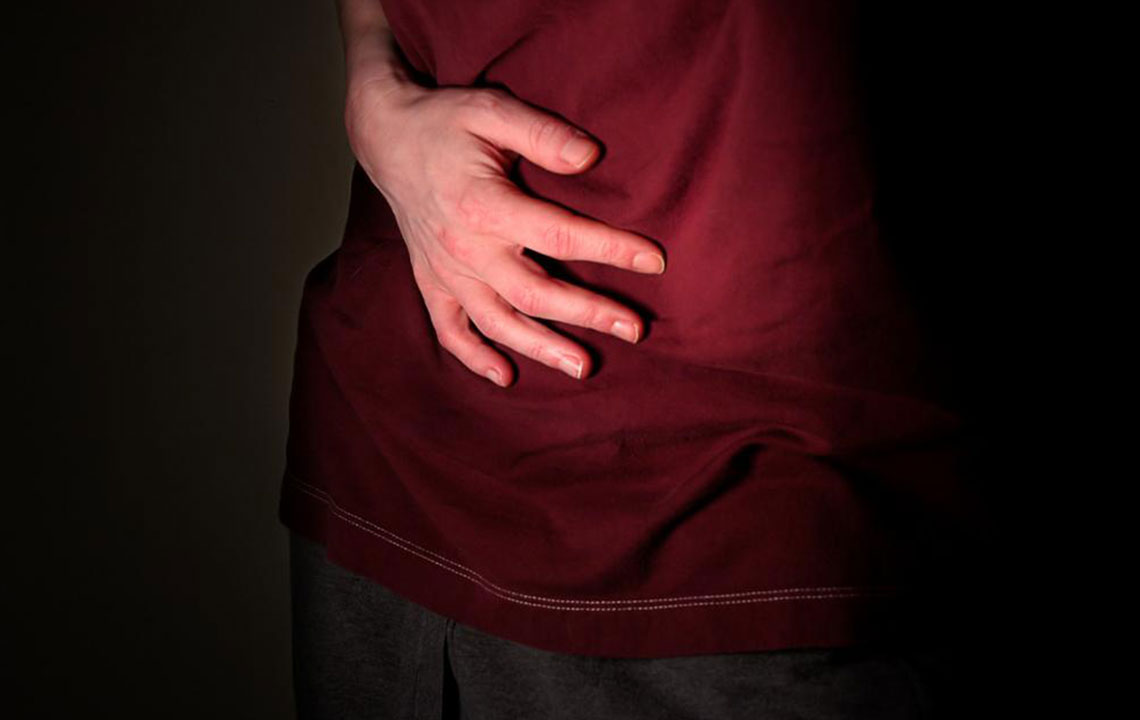Acid Reflux – Causes, Cures, and Foods to Avoid with Acid Reflux
Ever heard the term ‘heartburn’? Heartburn or technically speaking, acid reflux entails the flowing of stomach acid up the food pipe. This leads to pain in the lower chest area which is more commonly referred to as ‘heartburn.’
Causes of Acid Reflux
When the lower esophageal sphincter doesn’t close upon passage of food through the stomach, acid tends to build up and flow out into the esophagus region.

Other common causes of acid reflux are:
- Obesity
- Eating large meals
- Lying down immediately after a meal
- Bedtime snacking
- Consuming specific foods such as citrus, tomato, chocolate, mint, garlic, onions, spicy and fatty foods
- Alcohol, carbonated drinks, tea, and coffee
- Smoking
- Pregnancy
- Blood pressure medications
- Muscle relaxing medications
- Aspirin and ibuprofen
If you face acid reflux symptoms more than twice weekly, you may be prone to acid reflux disease or gastroesophageal reflux disease.
Symptoms of Acid Reflux
Before we go to the foods to avoid with acid reflux, we must identify its symptoms. Some of the most common symptoms of acid reflux include:
- Heartburn, pain or discomfort in the chest, stomach, throat, or abdomen areas
- Regurgitation, a sour or bitter taste due to acid build-up in the mouth or throat
- Bloating
- Burping
- Bloody vomiting
- Bloody or black stools
- Dysphagia – narrowing of the esophagus
- Recurrent Hiccups
- Nausea
- Unexpected weight loss
- Wheezing
- Dry Cough
- Hoarseness
- A chronic sore throat
Diagnosis of Acid Reflux
For longer lasting symptoms of acid reflux, a diagnosis or a series of tests run by a doctor might be needed to get the right treatment. This is a necessary precursor step to looking for foods to avoid acid reflux. The common tests involved in the diagnosis of acid reflux are:
- Barium Swallow – This involves swallowing a solution and running X-rays on the esophagus region to locate the presence of any structures in the esophagus. Esophageal Manometry testing which checks the functioning and condition of the esophagus and lower esophageal sphincter region, respectively pH monitoring which involves checking for acid in the esophagus. A device is planted into the esophagus for one or two days, and this monitors the amount of acid build-up and the acidity levels.
- Endoscopy – This method involves placing a light, lighted, flexible tube with a camera, through your throat. An anaesthetic and a sedative are given to the patient to make them more comfortable with the process.
Foods To Avoid With Acid Reflux
There are certain types of foods to avoid with acid reflux. Diet and a healthy lifestyle can be paramount to the healing process and can accelerate recovery naturally. The most common are:
- Ground beef, marbled sirloin, chicken nuggets, chicken wings, and other meats
- Fats, oils, and sweets like chocolate, regular corn, potato chips, high-fat butter cookies, brownies, doughnuts, ice creams, creamy/oily salad dressings, greasy and fried foods
- Certain fruits, vegetables, and juices like orange juice, lemon juice, lemonade, grapefruit juice, cranberry juice, tomatoes, mashed potatoes, french fries, raw onions, potato salads
- Certain beverages like liquor, wine, coffee, and tea
- Certain grains like macaroni and cheese, spaghetti with marinara sauce
- Dairy products like sour cream, milkshakes, ice creams, and regular cottage cheese
- Carbonated drinks
Smoking and consumption of alcohol are two other things that are meant to be avoided to prevent acid reflux other than the foods to avoid with acid reflux.
Treatment Methods of Acid Reflux
Acid reflux can be treated in several ways. The most common ways involve simple lifestyle changes and eating healthily. The common lifestyle changes to include in order to treat or prevent further acid reflux are:
- Taking note of the foods to avoid with acid reflux
- Exercise and natural weight loss
- Sleeping in the chair for daytime naps
- Quitting smoking
- Not wearing any tight clothes or belts
- Not lying down at least 2 or 3 hours after eating
- Adding blocks under the pillow and raising the height on which you rest your head by at least 3 to 4 inches
- Eating smaller meals frequently throughout the day, spaced at regular intervals, rather than overeating or having large infrequent meals
- Consulting with the doctor to see if any ongoing medications are affecting or interfering with current acid reflux symptoms
- Acid reflux medications like foaming agents, H2 blockers, proton pump inhibitors, and prokinetics, taken individually or in a combination of doses based on the doctor’s prescription
- Acid reflux neutralizing antacids like Alka-Seltzer, Maalox, Mylanta, Rolaids, and Riopan
- Other antacids which include both magnesium hydroxide and aluminum hydroxide to avoid constipation and diarrhea
Conclusion
Besides incorporating the foods to avoid with acid reflux into your diet, making the necessary lifestyle changes and adapting according to your needs is what treats acid reflux in the long run. Eat healthily, sleep right, exercise regularly, and visit the doctor and you should find yourself feeling and getting better eventually. It’s always good to remember that acid reflux can be treated naturally with simple lifestyle changes and although surgery can be carried out to cure it, try avoiding it for the best and natural results.











